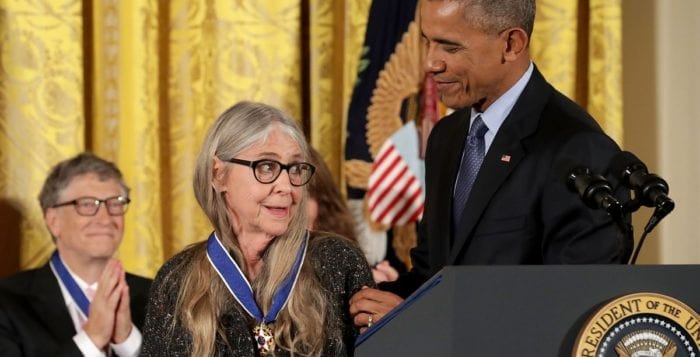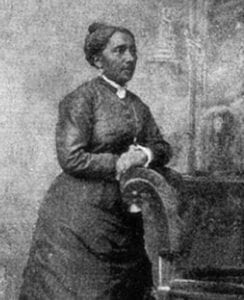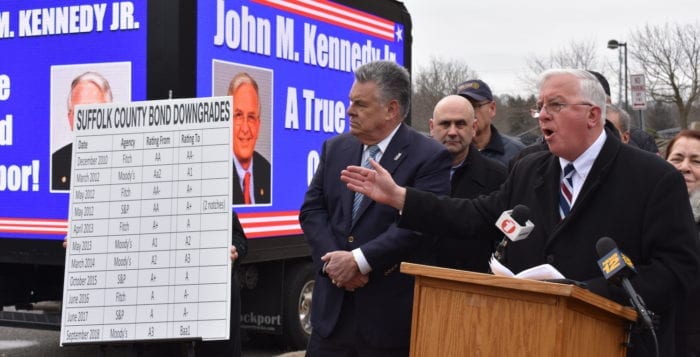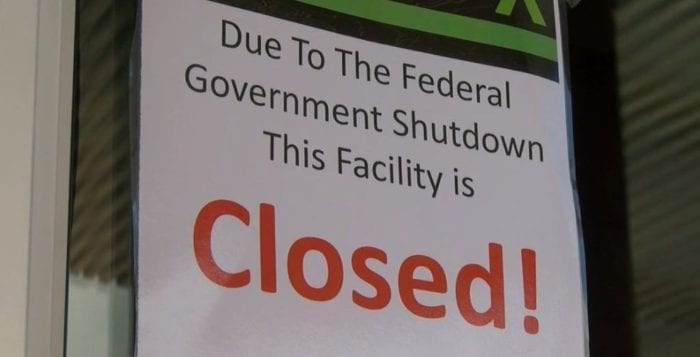The phrase has become oxymoronic. It’s like a bad riddle: What is something everyone needs, but fewer people on Long Island can have?
They call it affordable housing. The real question is, affordable to whom?
Smithtown just recently hosted its second housing lotto in a year for affordable housing developments March 11. Another lotto is coming up to bat March 26 for three one-bedroom units with a total monthly gross rent of $2,300; and one two-bedroom unit with a total monthly gross rent of $3,200.
The Suffolk County Legislature’s Welfare to Work Commission, which advises the Legislature on issues related to poverty in the county, released a report in 2018 that detailed the holes in affordable housing and government programs.

The report describes that if a family wants to rent, only 18 percent of available housing is rental, compared to the national average of 37 percent. Market rate for monthly apartment rentals in Suffolk was $1,589 in 2017, according to census data, meaning families in that market would have to earn $57,204 — 52 percent of the area median income — a year if they spent 30 percent of their income on the apartment costs. In Smithtown, average rental costs are upward of $2,500 for a one-bedroom apartment, according to online rent tracker RENTCafé.
It’s hard to call such options such as the lottos in Smithtown truly “cheap,” mostly because each is only cheap by comparison.
The Town of Huntington hosted a lotto for Harborfields Estates March 5 with 608 first-time home-buyer applicants entered in that drawing. It’s a staggering number of people all bidding on the hope of owning a four-bedroom home valued $350,125. Real estate taxes on the unit are estimated to be $9,700 annually and estimated HOA fees will be approximately $460 annually.
The county report noted the 2017 Suffolk yearly median income was $110,800, while the median price of a home in 2017 was $376,000, according to census data. If an individual or family spent 30 percent of income on housing costs, the national and suggested average, they would have to earn $125,000 a year to afford the median home price.
These lotteries are an opportunity for the average person looking for a home on Long Island to have the chance to start a life here, but there’s also something dystopian about the entire idea of gambling a chance to be able to afford something as basic as a residence, whether that means renting or owning. Not to mention, anybody who is making less than the area median income knows just how tough it is to find truly affordable living anywhere along the North Shore.
It’s not to say these lotteries aren’t helping those whose names are drawn, but one wonders at the state of some of the hundreds of people who apply for these lottos who then walk away empty handed. While certainly a few of those applying may already own homes or rent apartments and are just looking for a cheaper option, the very nature of a lottery draws upon the desperate.
Municipalities at every end of the Island are complaining about brain drain, of Long Islanders fleeing to seek cheaper housing options elsewhere. Their governments need to look at the issue holistically and take an approach that affects communities as a whole, rather than give it to select individuals.

















